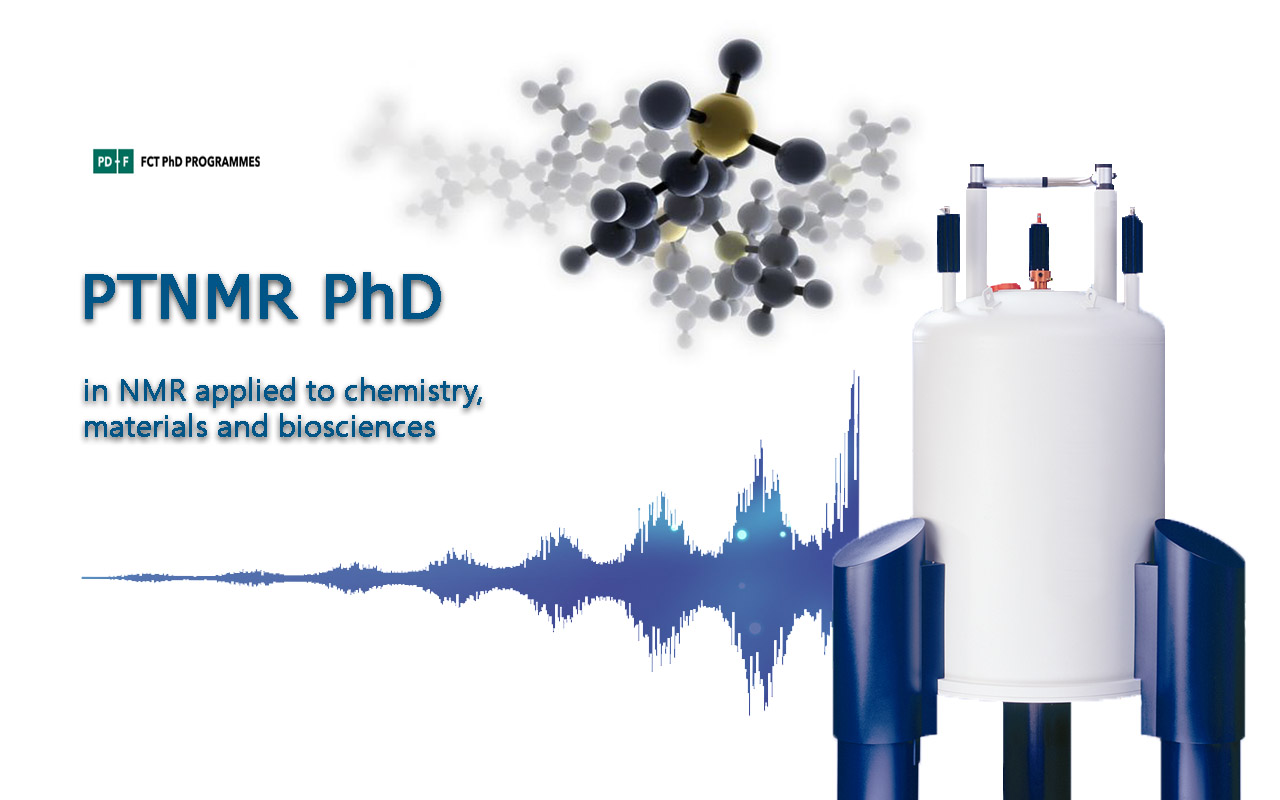Research Project 2 (2019) - Details
Title: Studying the immunomodulatory action of novel chromone-based compounds by NMR metabolomics and metabolic flux analysis
Background & Relevance
Pharmacological modulation of the immune system to aid treatment of chronic inflammation-related diseases (e.g. atherosclerosis, diabetes, cancer) has emerged as one of the most promising therapeutic strategies explored in recent years. Monocyte/macrophage lineage cells are crucial to the initiation and resolution of inflammation, as their different polarization states critically define beneficial and detrimental outcomes in inflammatory responses. Therefore, targeting and modulating macrophage polarization behavior holds great promise for the treatment of inflammatory diseases. Natural plant-derived small molecules could act as immunomodulators and represent a safe and cost-effective alternative to anti-inflammatory chemical drugs (e.g. corticosteroids), which encounter severe problems in terms of sustained efficacy and off-target effects, as well as to costly and unstable biologics such as cytokines and nucleic acids. Chromone-based compounds with diversiform structures and a range of biological activities, including anti-inflammatory properties, are particularly promising in this context.1
Goals & Strategy
This work aims at assessing the potential of different chromone-based compounds (synthetized at UA) to skew macrophages towards anti-inflammatory phenotypes (M2-like polarization) and at advancing current knowledge on their mode of action. The central methodology will entail phenotypic characterization, NMR metabolomics (UA) and NMR-based stable-isotope tracer metabolic flux measurements (UC) of cultured cells. Metabolic reprogramming plays a crucial role in the regulation of macrophage polarization,2 therefore, comprehensive characterization of the cells metabolic profile and activity is expected to greatly improve our understanding of the metabolism-phenotype interplay and to reveal new marker signatures of macrophage polarization status, representing an important breakthrough compared to conventional single-endpoint readouts.
References
1Silva et al. ChemMedChem 2016, 11, 1.
2Saborano et al. Adv Healthc Mater 2017, 1601240.

